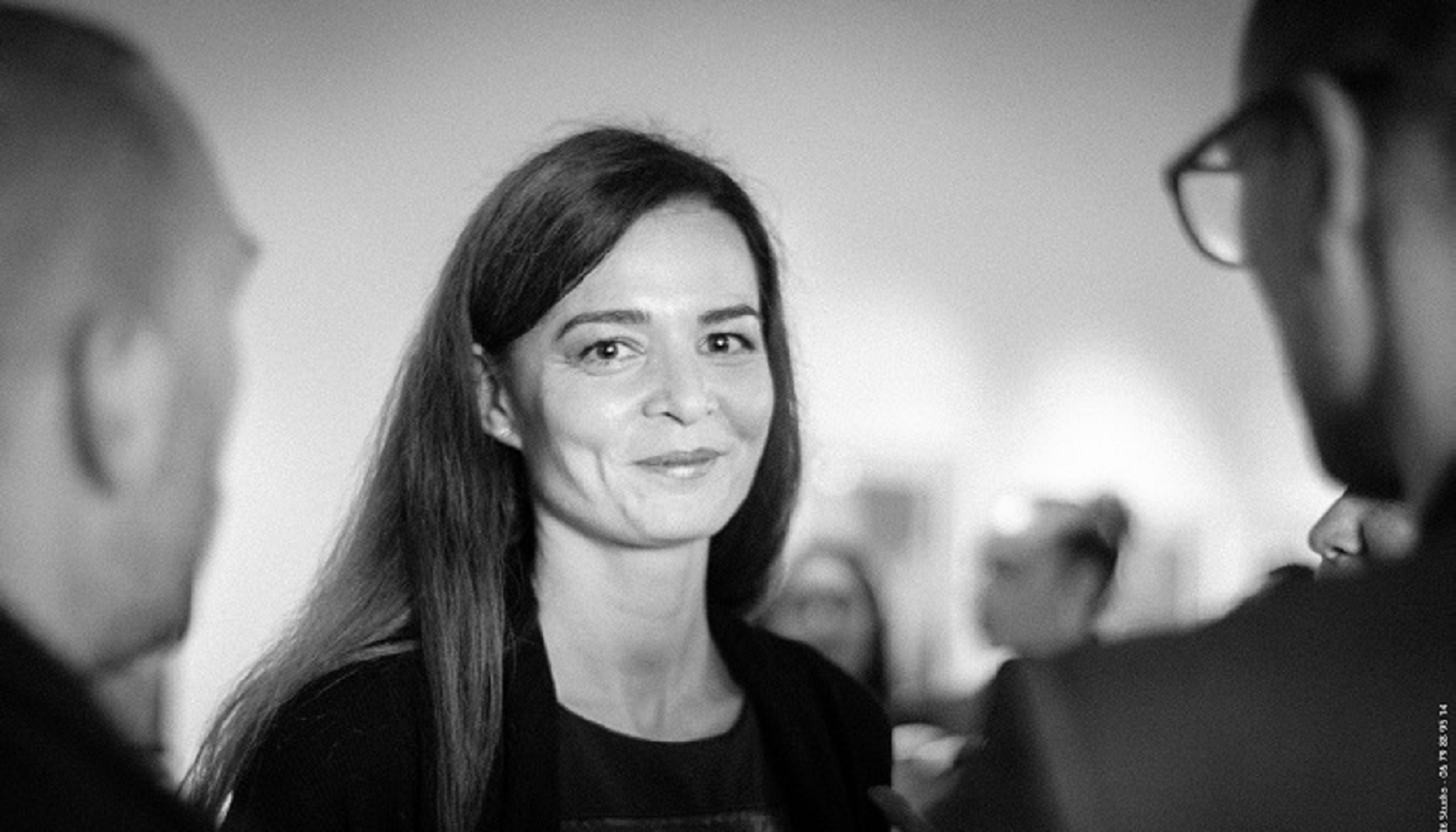The art of success
Rranscription of the article published in “Informations Entreprises” n°192
The digital world is challenging artists like never before. Success now depends more than ever on professionalism. Virginie Tison offers a unique approach! Its goal? Guide artists to achieve a long-term, sustainable success.
Informations Entreprise : How has the digital age changed collectors’ expectations regarding emerging artists?
Virginie Tison (Founder of Art Professional School) : The digital era has been a major turning point in the art market, as in any market, shaking up both artistic practices and the expectations of collectors and gallery owners.
These days, artists can’t just focus on delivering quality work. They also need to think like entrepreneurs when it comes to managing their careers. The key to this professionalization lies in building an e-reputation, a well-managed digital presence that reflects not only the value of one’s work, but also one’s ability to communicate clearly and convincingly.
This online visibility has become crucial criteria for collectors who, in a saturated and competitive market, are looking for artists able to proactively manage their own careers.
An artist who demonstrates proficiency in self-promotion, maintains an active presence on social media, and presents his or her work professionally is regarded as a reliable source. This offers collectors a certain degree of security, as they are not only investing in a work of art, but also in the artist’s durability and ability to maintain their presence on the market over the long term.
For galleries, this is a major challenge. Working with emerging artists is a complex task that requires time, resources and a long-term vision. The gallery must be able to support the artist throughout the long and arduous process of developing an artistic career, where perseverance and endurance are the keys to success.
I.E : What does this mean in practice?
Virginie Tison : Today, there are three essential guidelines to professionalizing an artist.
The first focuses on the artwork itself. This means checking that the artist is presenting consistent, structured series. Frequently, this involves classifying and organizing the works. Some artists tend to want to show everything, which can be an issue. This is where it becomes important to establish strategies, understand the dynamics of their studio, and solve any technical problems. It is of the utmost importance to conduct this comprehensive analysis of the artistic universe, as it serves as the fundamental basis for all subsequent steps.
The second axis concerns written presentations of the artist and his work, an aspect that is all too often neglected. It’s not enough to write a “ standard ” biography. Instead, it’s about telling a compelling story: who the artist is, how he came to be what he is, and what message he wishes to convey through his art.This text should highlight the artist’s uniqueness, added value and commitment.
The third and final axis is therefore its online presence.That’s a point worth emphasizing.Today’s artists need to know how to use social networks, manage a website, and possibly publish newsletters or run a blog. However, it’s crucial to avoid falling into the pitfall of influence.The aim is not to turn artists into influencers, but to help them remain genuine while using these tools to share their work in a clear and engaging way.
I.E : How did your personal experience lead you to become involved in supporting artists?
Virginie Tison : In 2008, while living between Paris and New York, I was confronted with a peculiar situation: a friend of mine, a world-renowned sculptor, had lost everything over the years.Her galleries had closed and her work was no longer selling.This showed me a fundamental problem in the art market: the lack of long-term follow-up for artists.
At that time, I devoted myself entirely to painting.However, this situation made me realize that an artistic career is full of pitfalls, especially if you don’t have constant support.
I realized that it wasn’t enough to have talent or energy at 20.The pivotal issue was how to anticipate the potential implications of evolving energy and digital tools in 40 or 70 years’ time.It was in this context that I understood the real value of my job. My role is to work behind the scenes, supporting artists over the long term, regardless of market fluctuations or fashions.The intention is not to capitalize on their transient success, but rather to ensure the continuity and consistency of the product for collectors. It’s all about working in the background, away from the spotlight, so that artist can concentrate on their art.
I.E : What advice would you give an aspiring artist who wants to get started?
Virginie Tison : Professionalization is a crucial step to avoid burning your chances too quickly.If an artist encounters technical problems, doesn’t know how to structure his or her series, or is unsure about how to use social networks, he or she needs to focus on becoming more professional.This professionalization process enables artists to ask themselves the right questions: is their work worth the commitment? Being an artist is a lot of work that requires total commitment. Indeed, creating is a vital need for artists, an urge that runs through their veins. My role is to support them on this journey, whether at the start or throughout their career, to meet their needs, compensate for time shortages and/or enhance their professional skills.The key question is: is the artist ready to take advice and collaborate to further his or her career with strategies? It’s a deep involvement that affects artists, collectors and, of course, the galleries that represent their work.
I.E : What are the main objectives of your new training offer?
Virginie Tison : Alongside à la carte coaching, I offer assistance to any artist needing to professionalize the promotion of a forthcoming exhibition.I also run a quarterly Master Class, offering a 12-month support program focused on professionalizing artists.After several interviews over the phone, I bring together a group of artists to help them structure and develop their careers sustainably and effectively.This initiative is now reinforced by the launch of my Qualiopi-certified training center.
Since I was 25, I’ve set up and managed several companies. I’m also a shareholder in some of them. This entrepreneurial experience convinced me of the need to train not only artists, but also entrepreneurs and business leaders. Art Professional School offers training courses focused on communication, with the aim of getting participants up and running in just a few days.
Again, my approach is not to turn participants into influencers, but rather making them extremely skilled and relevant in their industry. These are training courses geared towards professionalism and excellence, to help them thrive in their increasingly competitive market.



